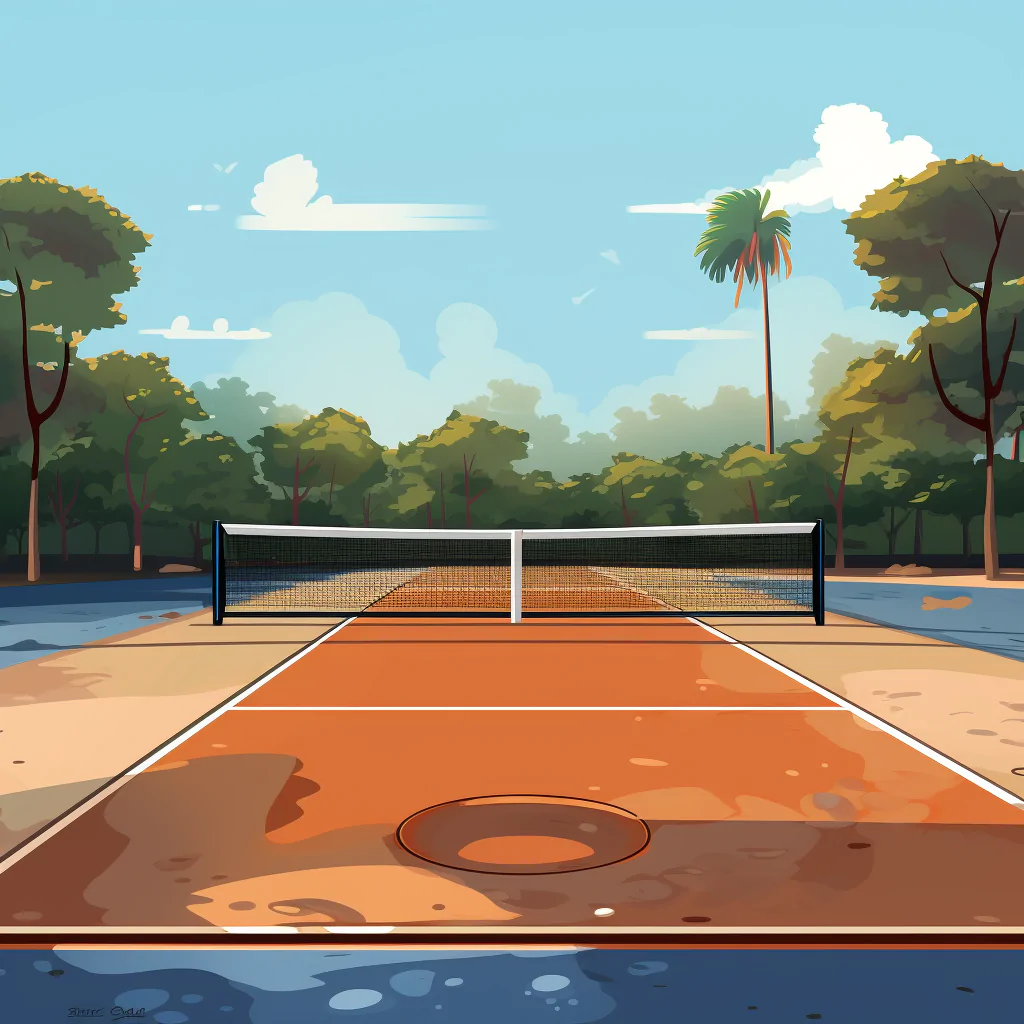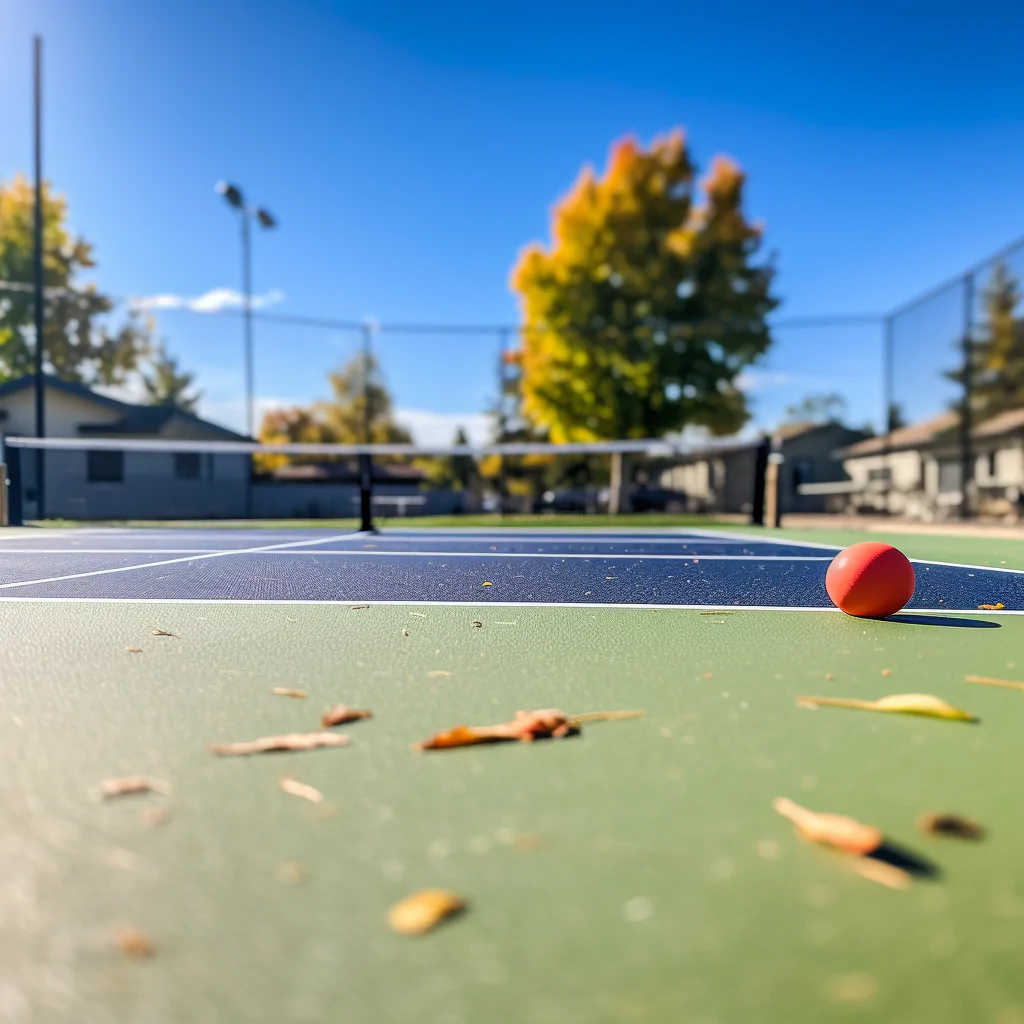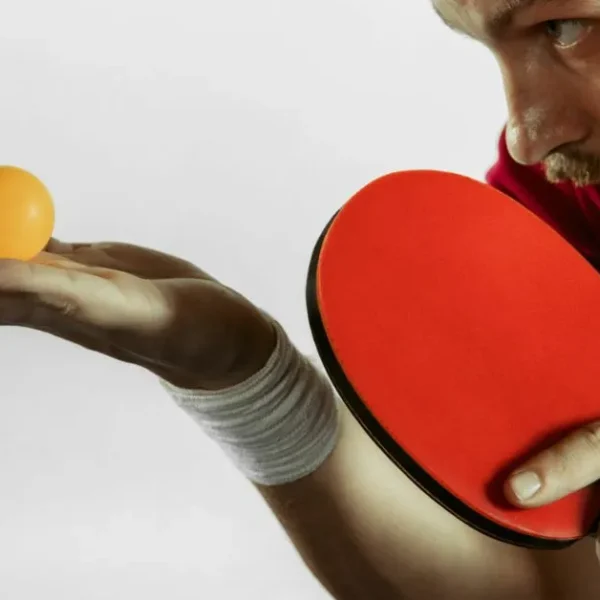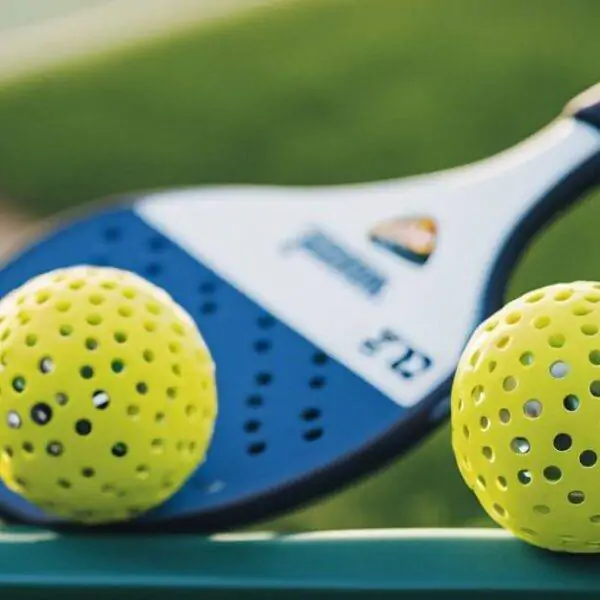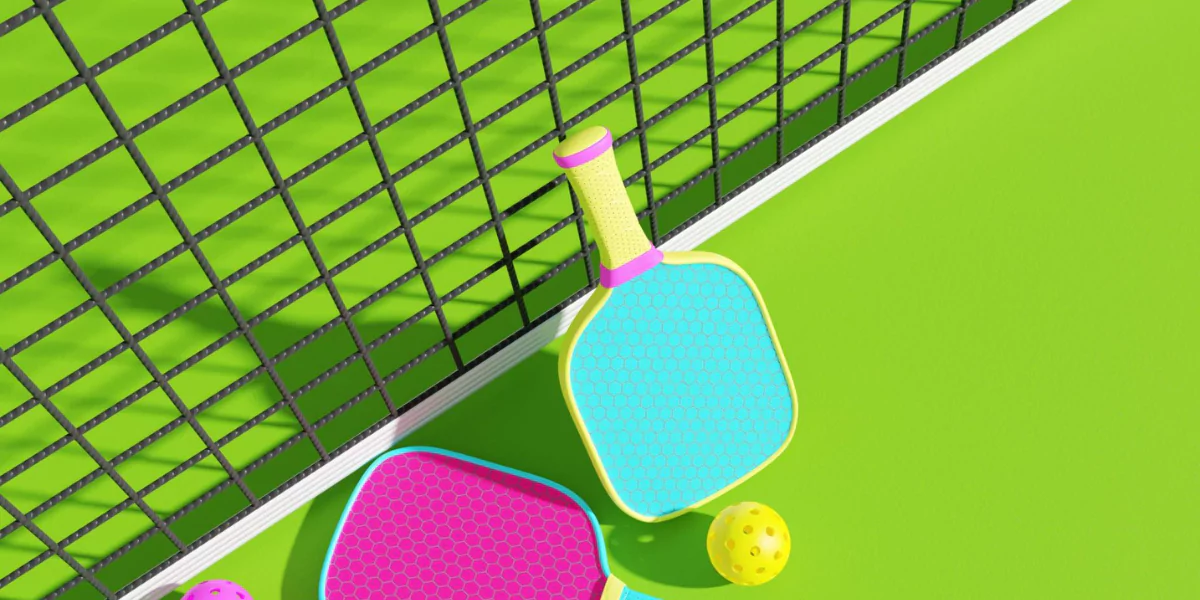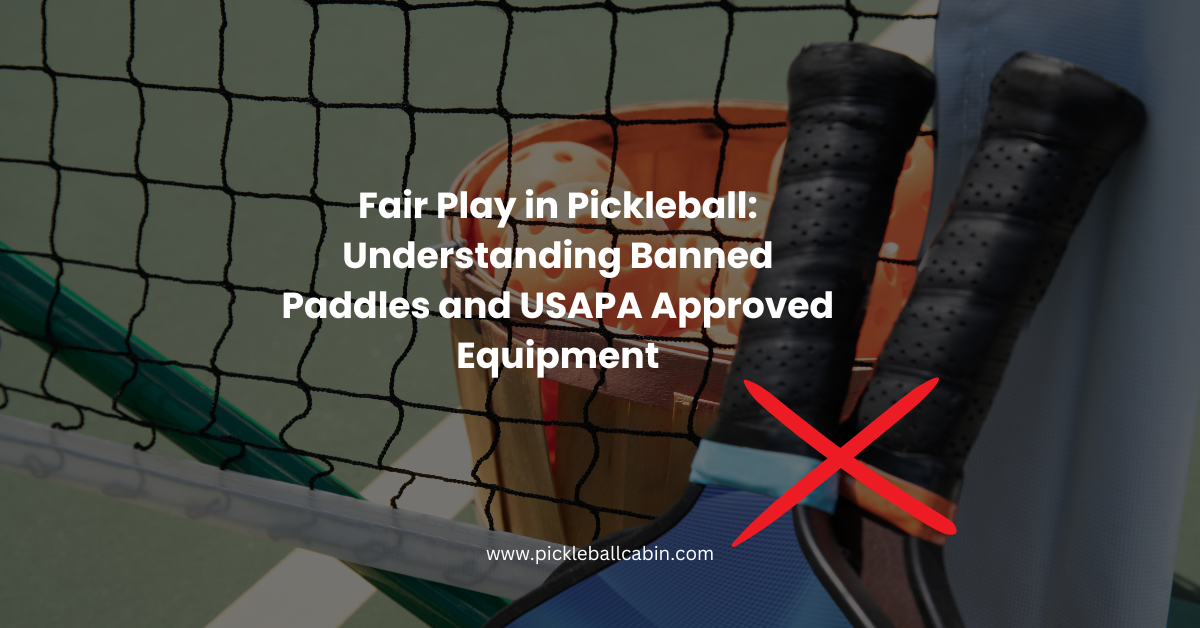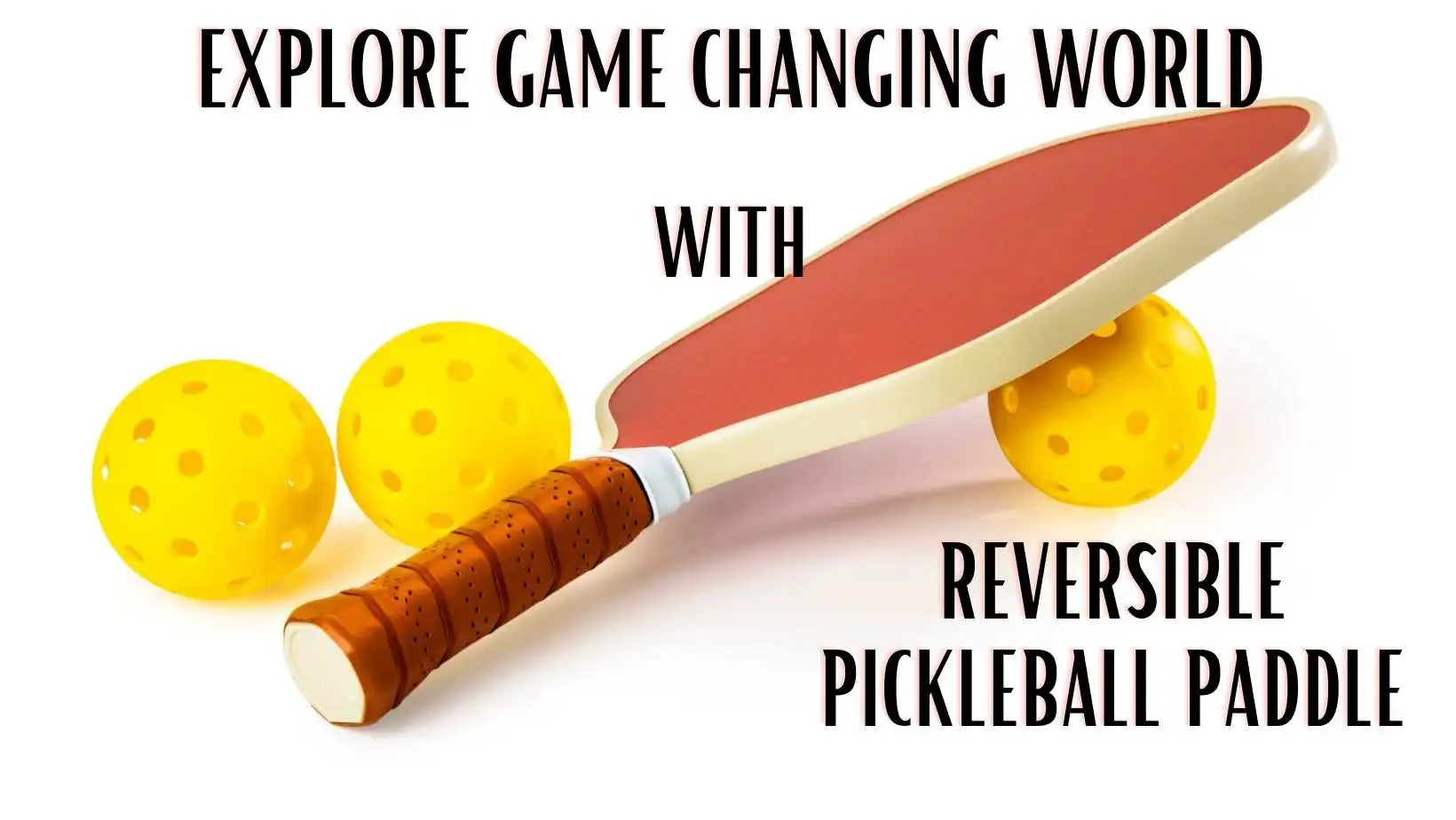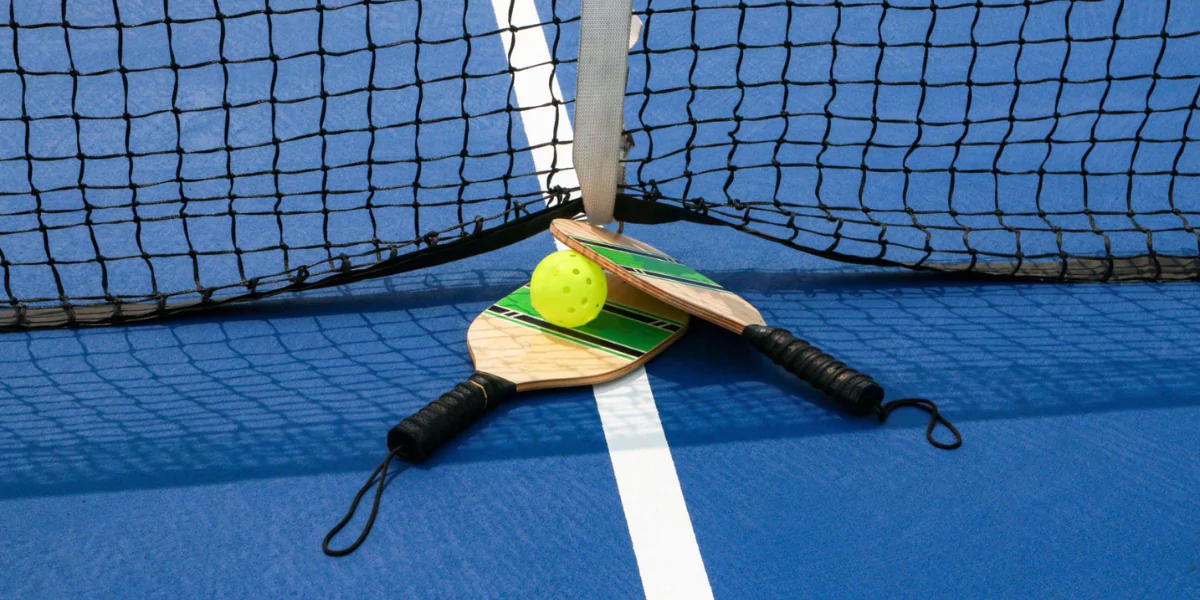When it comes to pickleball, understanding and adhering to the rules is crucial to your success on the court. One of the most important rules to master is the double bounce rule, which is a fundamental aspect of pickleball gameplay that all players must follow. In this section, I’ll introduce you to this rule and provide essential tips and tricks to help you master it, improving your gameplay and elevating your overall strategy.
The double bounce rule in pickleball is simple yet significant. It requires that, once the ball has been served, each team must let it bounce once before returning it. After that, the receiving team must let the ball bounce once again before returning it. This means that after the serve, there are two bounces before shots can be volleyed. The double bounce rule is a crucial aspect of pickleball that allows players of all skill levels to compete and ensures fair gameplay.
- Mastering the double bounce rule is essential to success in pickleball
- Double bounce rule requires each team to let the ball bounce once before returning it
- After the serve, there are two bounces before shots can be volleyed
Understanding the Double Bounce Rule in Pickleball
If you’re new to pickleball, the double bounce rule may seem confusing at first. Simply put, this rule dictates that both teams must let the ball bounce once on each side of the net before hitting it. This means that any ball hit by the serving team must bounce once on the receiving team’s side before the receiving team can return the ball. Likewise, any ball hit by the receiving team must bounce once on the serving team’s side before the serving team can return the ball.
The double bounce rule is in place to make the game fair and inclusive for players of all skill levels. By forcing each team to let the ball bounce at least once on each side of the net, the rule gives players more time to react to the ball and make strategic decisions. It also helps level the playing field by giving less experienced or physically-abled players more time to get into position and return the ball.
When Does the Double Bounce Rule Apply?
The double bounce rule applies at the beginning of each point, and whenever the ball is hit into the net or out of bounds. For example, if the serving team hits the ball out of bounds, the receiving team can only return the ball after it bounces on their side of the net. Likewise, if the receiving team hits the ball into the net, the serving team can only return the ball after it bounces on their side of the net.
It’s important to note that the double bounce rule only applies to the first shot played by each team. After the first shot, players are free to volley the ball (hit it before it bounces) if they wish, as long as the ball has bounced once on their side of the net at least once.
How to Work with the Double Bounce Rule
Now that we have covered the basics of the double bounce rule in pickleball, let’s dive into practical advice and strategies on how to effectively work with it.
Positioning
One of the keys to successfully working with the double bounce rule is proper positioning on the court. Try to position yourself in a way that allows you to easily reach both the kitchen line and the baseline. This will enable you to better anticipate the ball and make a shot while still abiding by the rule.
Shot Selection
When working with the double bounce rule, shot selection is critical. Aim for a shot that will land in your opponent’s no-volley zone, making it difficult for them to return the ball without violating the rule. Utilize drop shots and lobs to create opportunities for yourself, and avoid hitting powerful shots that give your opponent an easy opportunity to return the ball before it bounces twice.
Strategy
Developing a strategy for working with the double bounce rule can take some time and practice. One effective strategy is to use the rule to your advantage by forcing your opponent to make a difficult shot. For instance, try to hit a shot that bounces twice before reaching your opponent, making it challenging for them to hit the ball back without violating the rule. Another strategy is to use the double bounce rule to create opportunities for yourself by hitting a shot that bounces twice and then charging the net for an easy put-away.
By implementing these practical tips and strategies, you can effectively work with the double bounce rule in pickleball and increase your chances of success on the court.
Pickleball Serving Rules Doubles: A Comprehensive Guide
Mastering the Double Bounce Rule: Tips and Techniques
Now that we understand the double bounce rule in pickleball and how it works, let’s dive into specific tips and techniques to help you master it.
Improve Your Anticipation Skills
One of the most critical aspects of playing within the double bounce rule is anticipating the ball’s trajectory. By analyzing your opponent’s shots and movements, you can predict where the ball will go and position yourself accordingly.
Pay attention to your opponent’s body language, especially their arm and wrist movements. This can give you valuable insight into the type of shot they are about to make.
Practice drills that focus on reaction time and anticipation, such as hitting with a partner and trying to return their shots within the double bounce rule.
Hone Your Shot Placement
When playing within the double bounce rule, shot placement is everything. By strategically placing your shots, you can force your opponent to make difficult returns and gain the upper hand.
Focus on hitting shots that are low and close to the net, as this can limit your opponent’s options and make it easier for you to anticipate their next move.
Experiment with different types of shots, such as lobs and drop shots, to keep your opponent guessing and off-balance.
Master Your Footwork
Effective footwork is crucial in pickleball, especially when playing within the double bounce rule. By having quick and precise movements, you can position yourself to hit the ball where you want and maximize your advantage.
Practice different footwork drills, such as shuffling side to side and moving forward and backward, to improve your agility and reaction time.
When positioning yourself for a shot, focus on getting your body in the right position and keeping your feet shoulder-width apart for better balance.
Communicate with Your Partner
If you are playing doubles, it is essential to communicate with your partner to maximize your double bounce rule advantage.
Verbally communicate your positioning and shot selections to avoid confusion and ensure that you are both on the same page.
Work together to create a strategy that takes advantage of each other’s strengths and covers each other’s weaknesses.
By following these tips and techniques, you can master the double bounce rule in pickleball and take your gameplay to the next level.
Mastering Pickleball Strategies: 5 Tips For Pickleball Doubles
Common Mistakes to Avoid
While the double bounce rule in pickleball may seem straightforward, it’s easy to make mistakes that can result in lost points or penalties. Here are some common mistakes to avoid:
- Waiting too long to hit the ball: Remember, the double bounce rule means that the ball must bounce once on each side before it can be hit on the third shot. Waiting too long to hit the ball can result in a lost opportunity and a point for the opposing team.
- Misjudging the ball’s trajectory: Anticipation is key in pickleball, but misjudging the ball’s trajectory can lead to hitting the ball prematurely or failing to reach it altogether.
- Standing too far back: While it’s important to give yourself enough space to move and hit the ball, standing too far back can make it difficult to return a ball that bounces close to the net.
- Hitting the ball too hard: In pickleball, finesse is often more effective than power. Hitting the ball too hard can result in it going out of bounds or hitting the net.
- Playing too aggressively: While aggressive play can be effective, it’s important not to lose sight of the double bounce rule. Playing too aggressively can result in a missed opportunity or a penalty.
By avoiding these common mistakes and focusing on strategy and technique, you can improve your gameplay and maximize your success within the double bounce rule in pickleball.
8 Common Mistakes In Pickleball Serve | How To Avoid Them
Conclusion
In conclusion, mastering the double bounce rule in pickleball is essential for any player looking to elevate their game. By understanding the rule and applying the tips and techniques provided, players can strategically position themselves, make informed shot selections, and maximize their advantage within the rule’s parameters.
It is important to remember that mistakes can happen, but by avoiding common errors and staying disciplined, players can minimize penalties and improve their gameplay. As I continue to practice and improve my own skills, I encourage all pickleball players to prioritize mastering the double bounce rule and applying it to their gameplay.
Thank you for reading, and I hope these tips and tricks have been helpful in your pursuit of becoming a better pickleball player!
FAQ
Q: What is the double bounce rule in pickleball?
A: The double bounce rule in pickleball states that after the serve, both the serving team and the receiving team must let the ball bounce once before returning it. This rule ensures fair play and allows for more strategizing during the game.
Q: When does the double bounce rule come into play?
A: The double bounce rule applies immediately after the serve. Once the ball is served, both teams must let it bounce once before returning it. After the initial double bounce, the game proceeds with regular pickleball rules.
Q: How can I work effectively with the double bounce rule?
A: To work effectively with the double bounce rule, it is important to maintain good positioning on the court. Anticipate where the ball will bounce and position yourself accordingly to set up ideal shots. Additionally, focus on shot selection and utilize strategies that maximize your advantage while abiding by the rule.
Q: What are some tips and techniques to master the double bounce rule?
A: To master the double bounce rule, improve your anticipation skills by practicing reading your opponent’s shots and predicting where the ball will land. Additionally, work on honing your shot placement to take advantage of openings created by the double bounce. Experiment with different spins and angles to keep your opponents off balance.
Q: What are common mistakes to avoid regarding the double bounce rule?
A: One common mistake is rushing to hit the ball before it bounces twice. Remember to let the ball bounce once before returning it, even when under pressure. Another mistake is failing to anticipate the bounce correctly, leading to a poor shot selection. Practice reading the ball’s trajectory and adjust your positioning accordingly to avoid these errors.
